Description
Quartz has a hardness of 7 and a specific gravity of 2.65. You can find Smoky Quartz in at least 90 known and recorded localities on Mindat within Colorado alone, and a couple thousand localities worldwide. Quartz is one of (if not) the most common minerals found worldwide, but its crystals of this quality are a bit more rare, so be sure keep an eye out for some sweet Smoky Quartz like this on your next hike!
While Smoky Quartz would make for a cool Silicon sample for element collectors, it would also make for a cool crystal for gem collectors, so you’d better be quick if you’re looking to bring this one home!
The rest of the following is from Mindat: A smoky-gray, brown to black variety of quartz that owes its color to gamma irradiation and the presence of traces of aluminum built into its crystal lattice (Griffiths et al, 1954; O’Brien, 1955). The irradiation causes the aluminum Al(+3) atoms that replace Si(+4) in the lattice in a [AlO4]- group to transfer an electron to a neighboring monovalent cation (often Li+) and form a [AlO4/Metal0]0 color center (O’Brien, 1955).
Quartz has been known and appreciated since pre-historic times. The most ancient name known is recorded by Theophrastus in about 300-325 BCE, κρύσταλλος or kristallos. The varietal names, rock crystal and bergcrystal, preserve the ancient usage. The root words κρύοσ signifying ice cold and στέλλειυ to contract (or solidify) suggest the ancient belief that kristallos was permanently solidified ice.
The earliest printed use of “querz” was anonymously published in 1505, but attributed to a physician in Freiberg, Germany, Ulrich Rülein von Kalbe (a.k.a. Rülein von Calw, 1527). Agricola used the spelling “quarzum” (Agricola 1530) as well as “querze”, but Agricola also referred to “crystallum”, “silicum”, “silex”, and silice”. Tomkeieff (1941) suggested an etymology for quartz: “The Saxon miners called large veins – Gänge, and the small cross veins or stringers – Querklüfte. The name ore (Erz, Ertz) was applied to the metallic minerals, the gangue or to the vein material as a whole. In the Erzgebirge, silver ore is frequently found in small cross veins composed of silica. It may be that this ore was called by the Saxon miners ‘Querkluftertz’ or the cross-vein-ore. Such a clumsy word as ‘Querkluftertz’ could easily be condensed to ‘Querertz’ and then to ‘Quertz’, and eventually become ‘Quarz’ in German, ‘quarzum’ in Latin and ‘quartz’ in English.” Tomkeieff (1941, q.v.) noted that “quarz”, in its various spellings, was not used by other noted contemporary authors. “Quarz” was used in later literature referring to the Saxony mining district, but seldom elsewhere.
Gradually, there were more references to quartz: E. Brown in 1685 and Johan Gottschalk Wallerius in 1747. In 1669, Nicolaus Steno (Niels Steensen) obliquely formulated the concept of the constancy of interfacial angles in the caption of an illustration of quartz crystals. He referred to them as “cristallus” and “crystallus montium”.
Tomkeieff (1941) also noted that Erasmus Bartholinus (1669) used the various spellings for “crystal” to signify other species than quartz and that crystal could refer to other “angulata corpora” (bodies with angles): “In any case in the second half of the XVIIIth century quartz became established as a name of a particular mineral and the name crystal became a generic term synonymous with the old term ‘corpus angulatum’.”







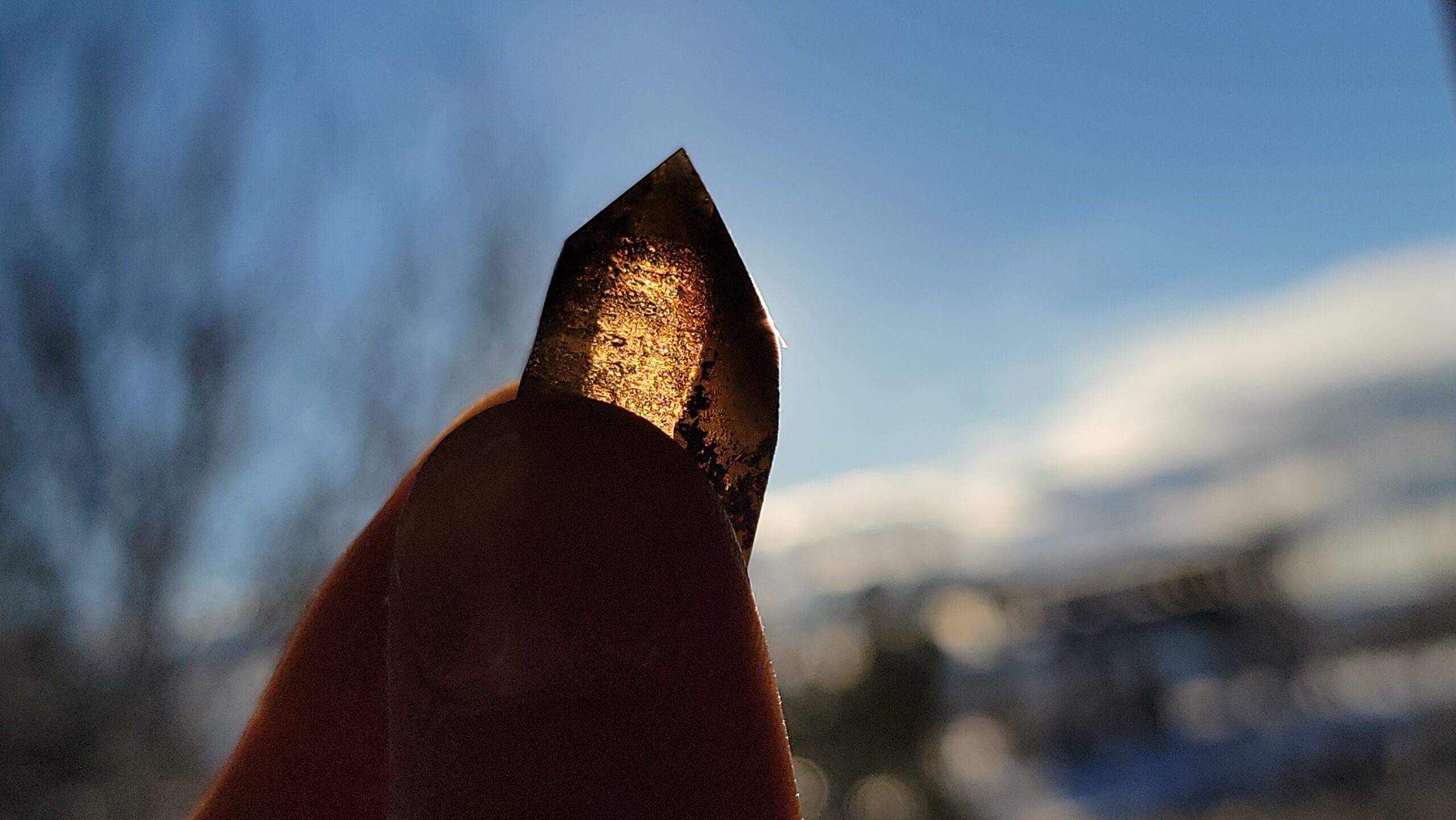
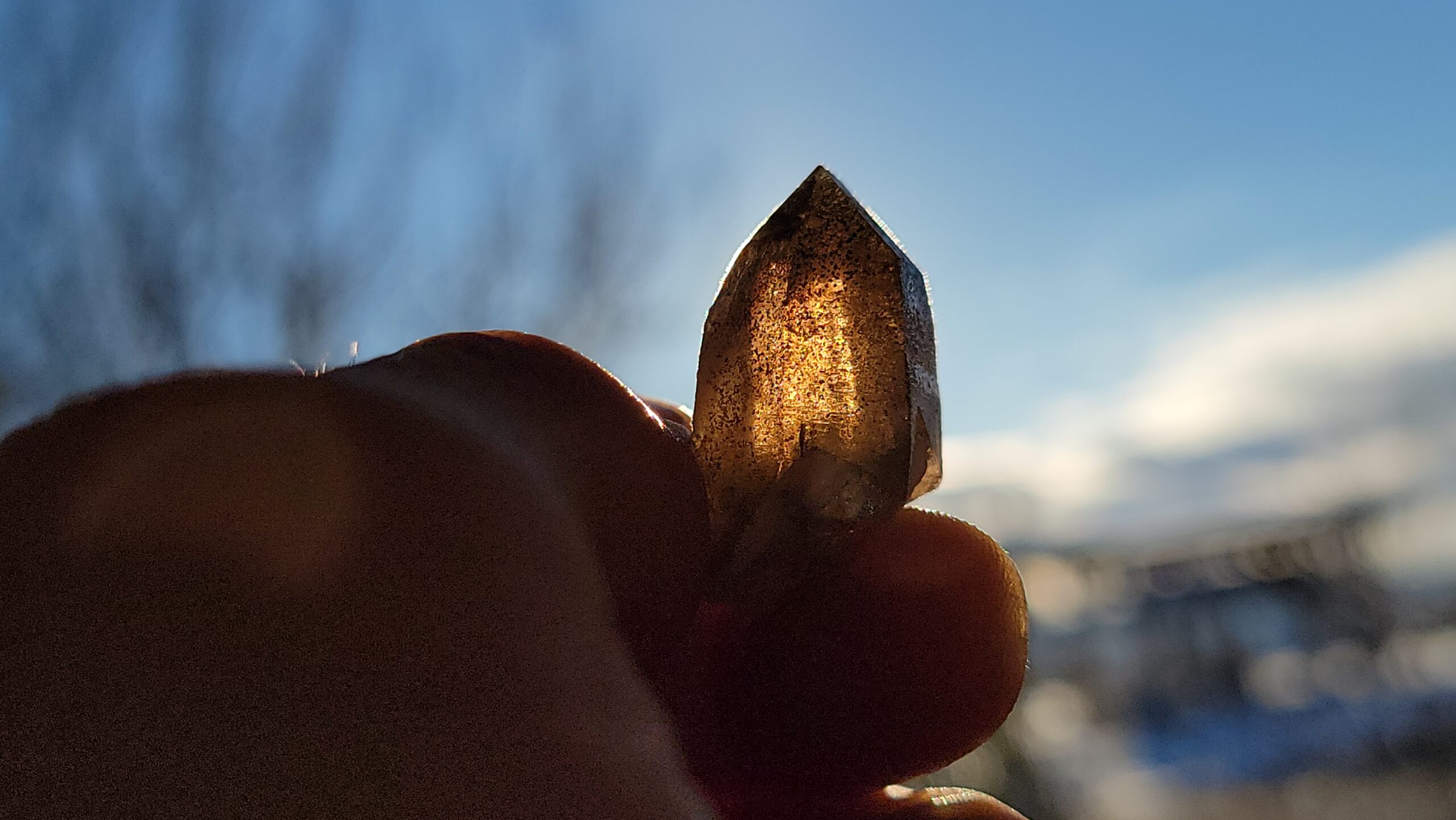



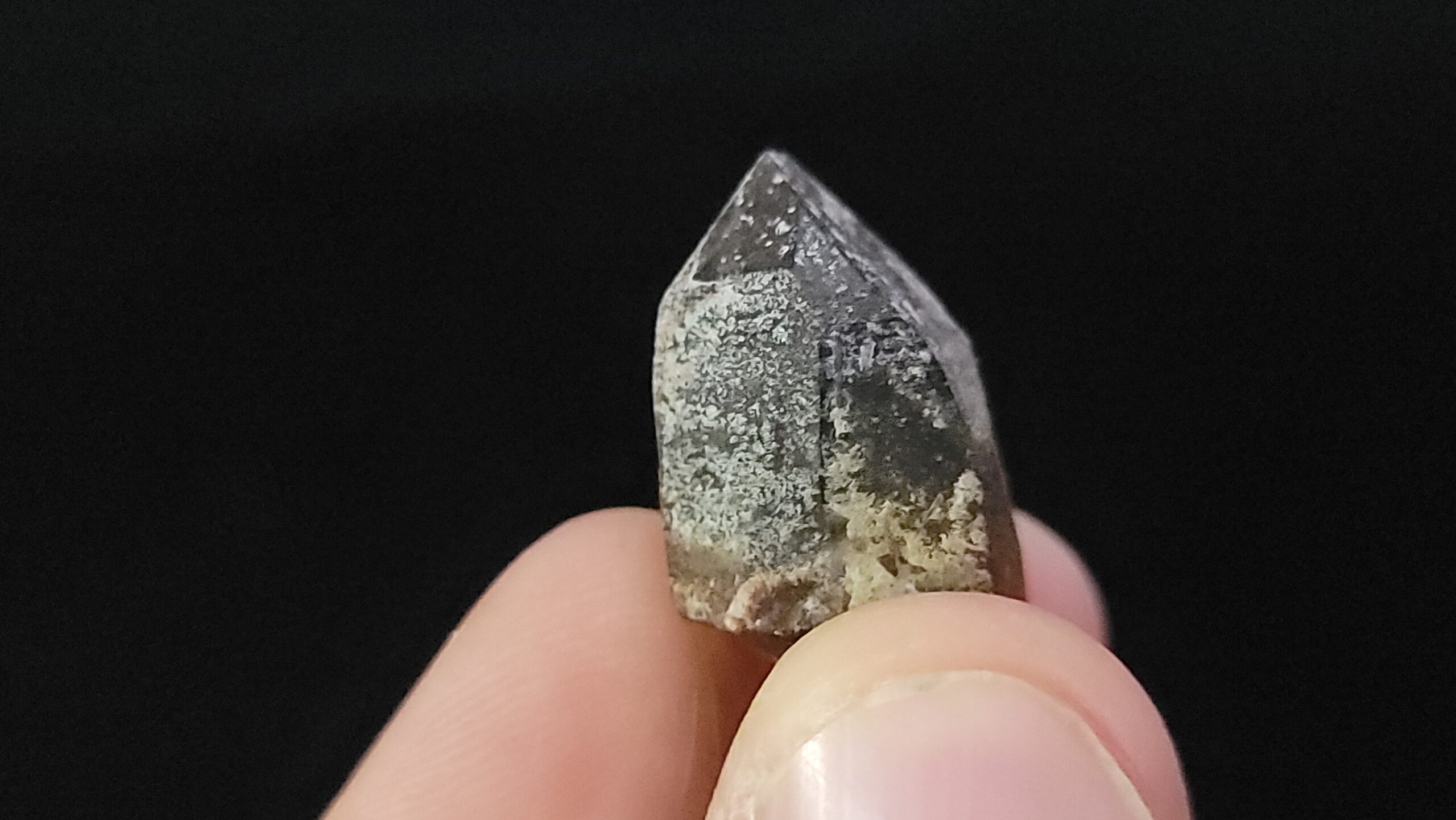
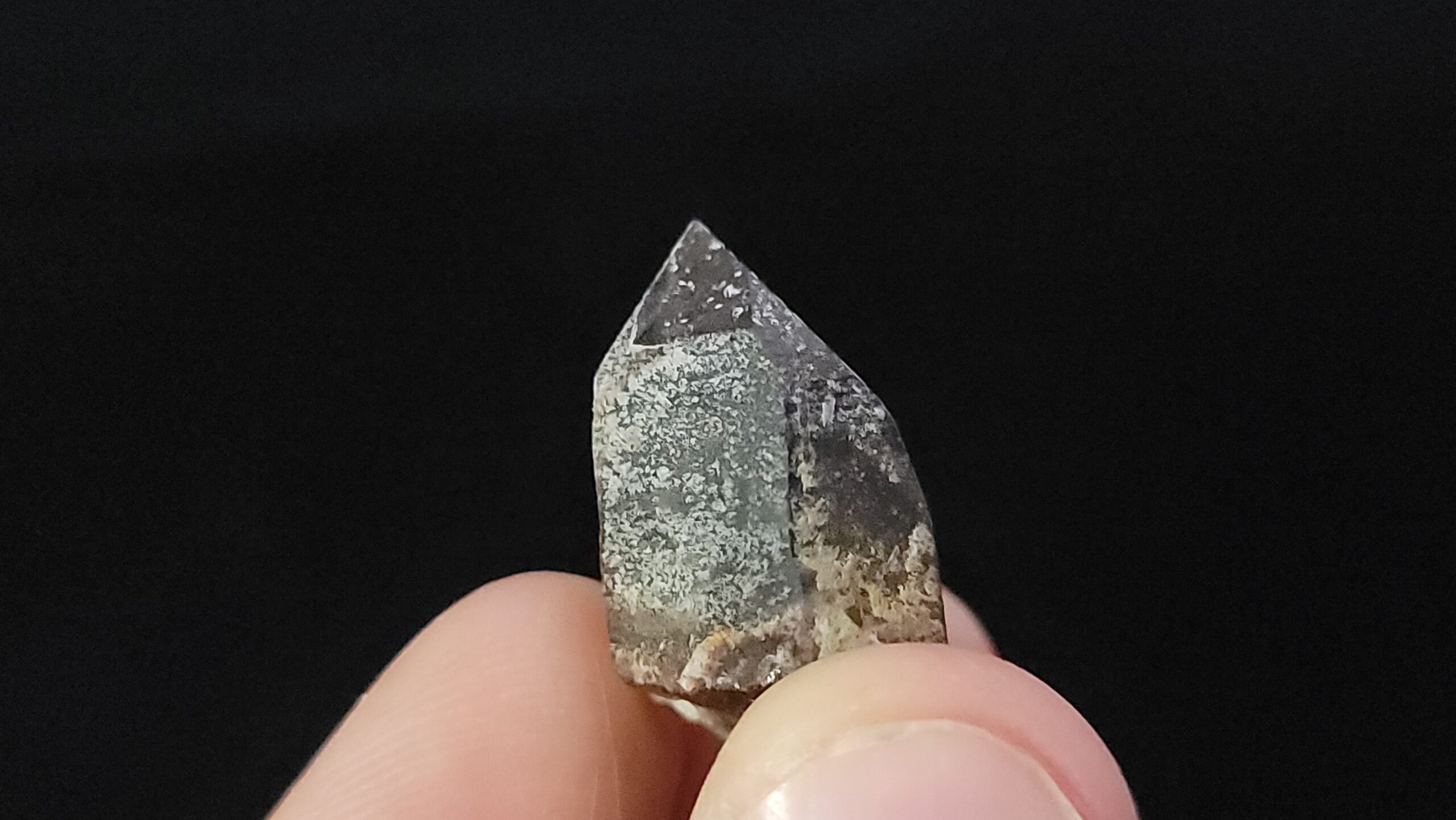

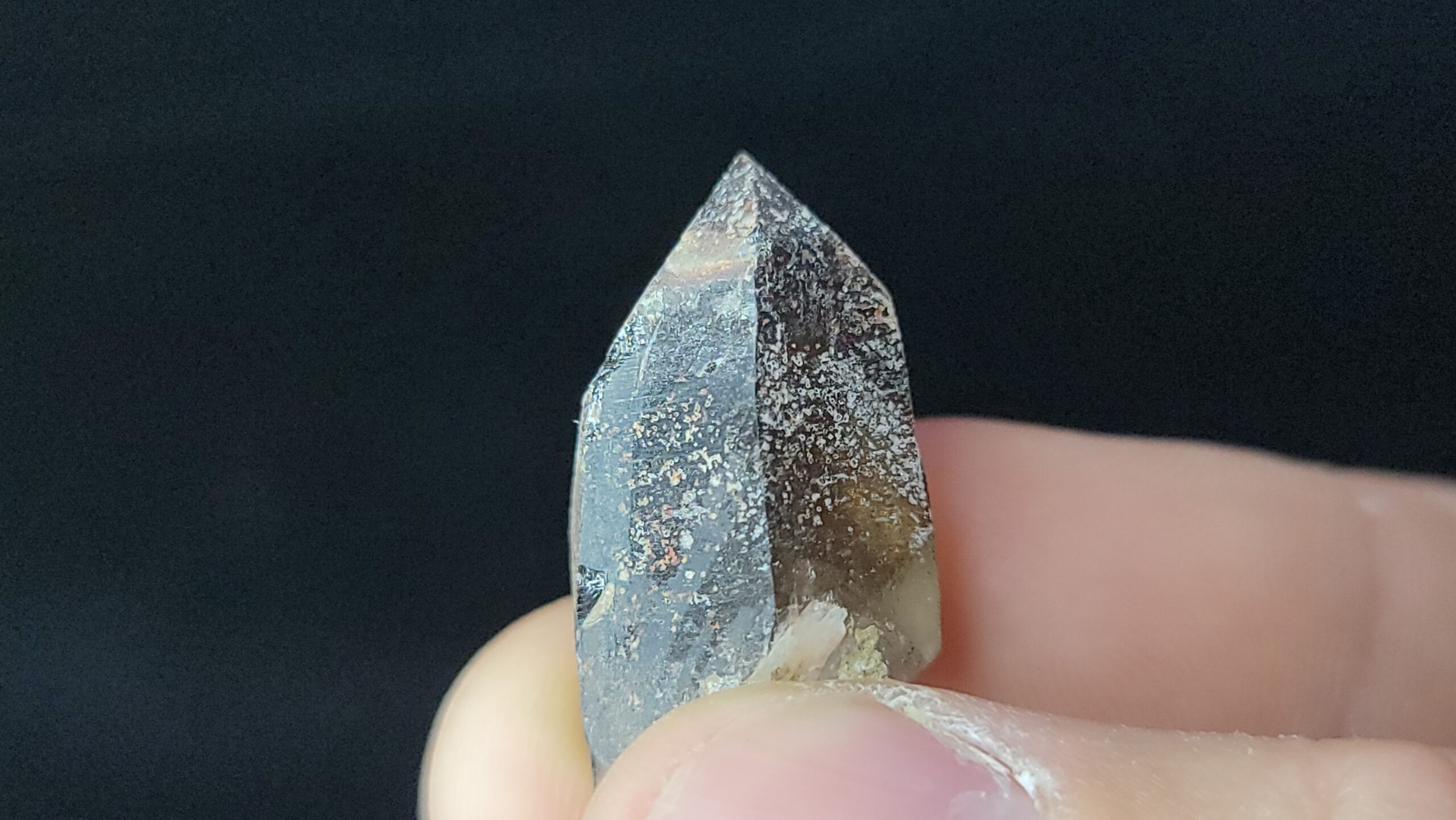

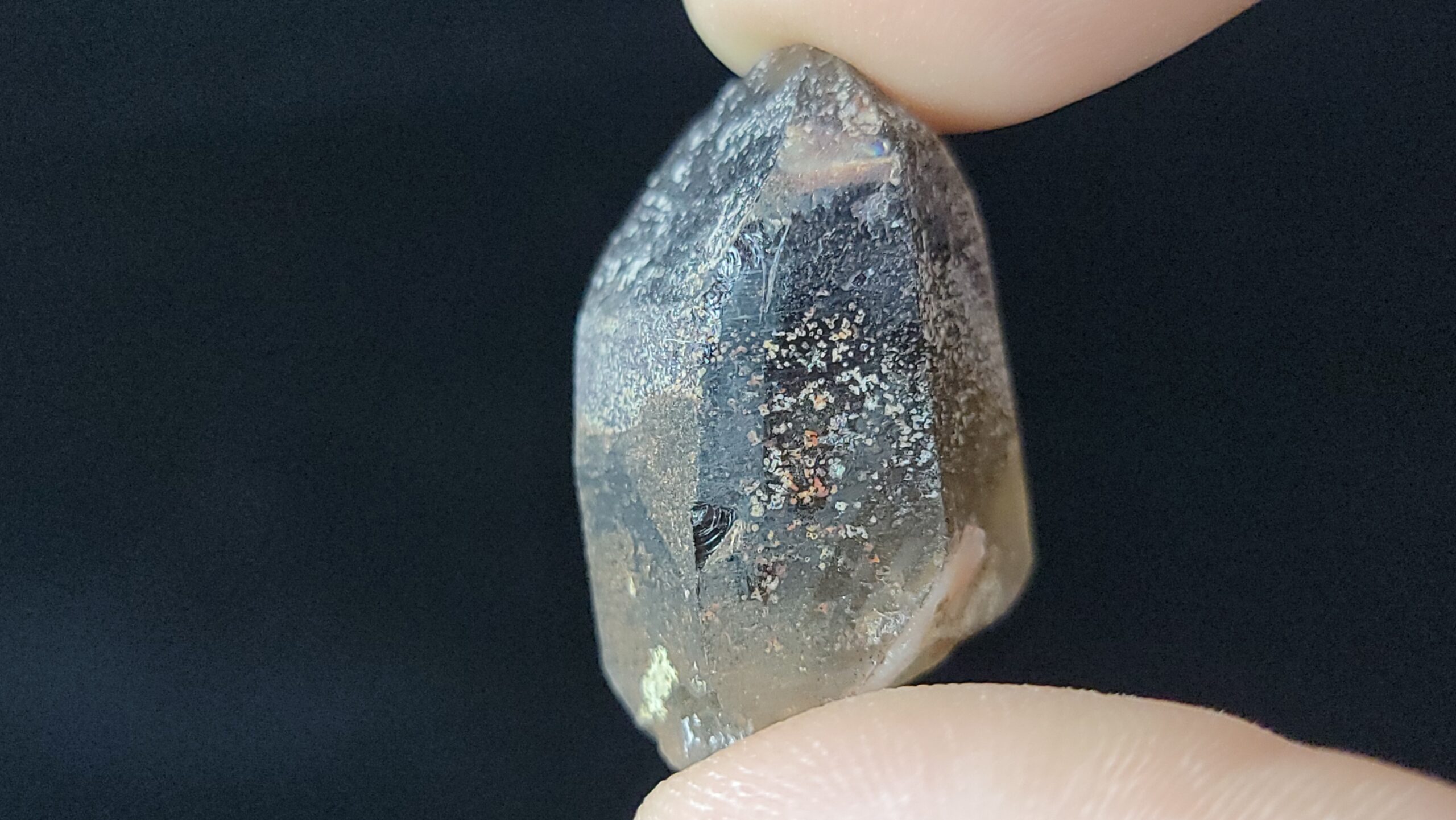
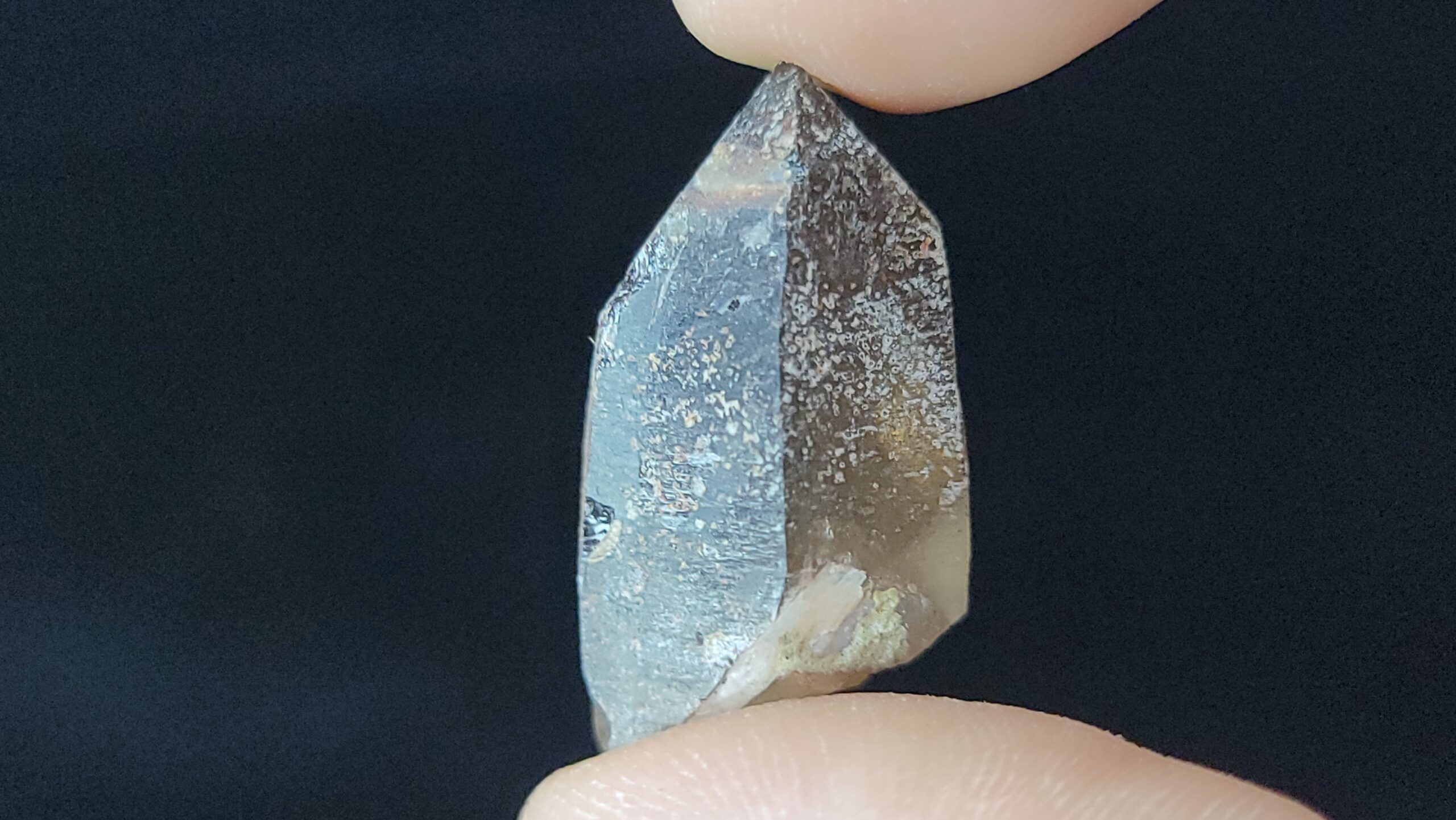

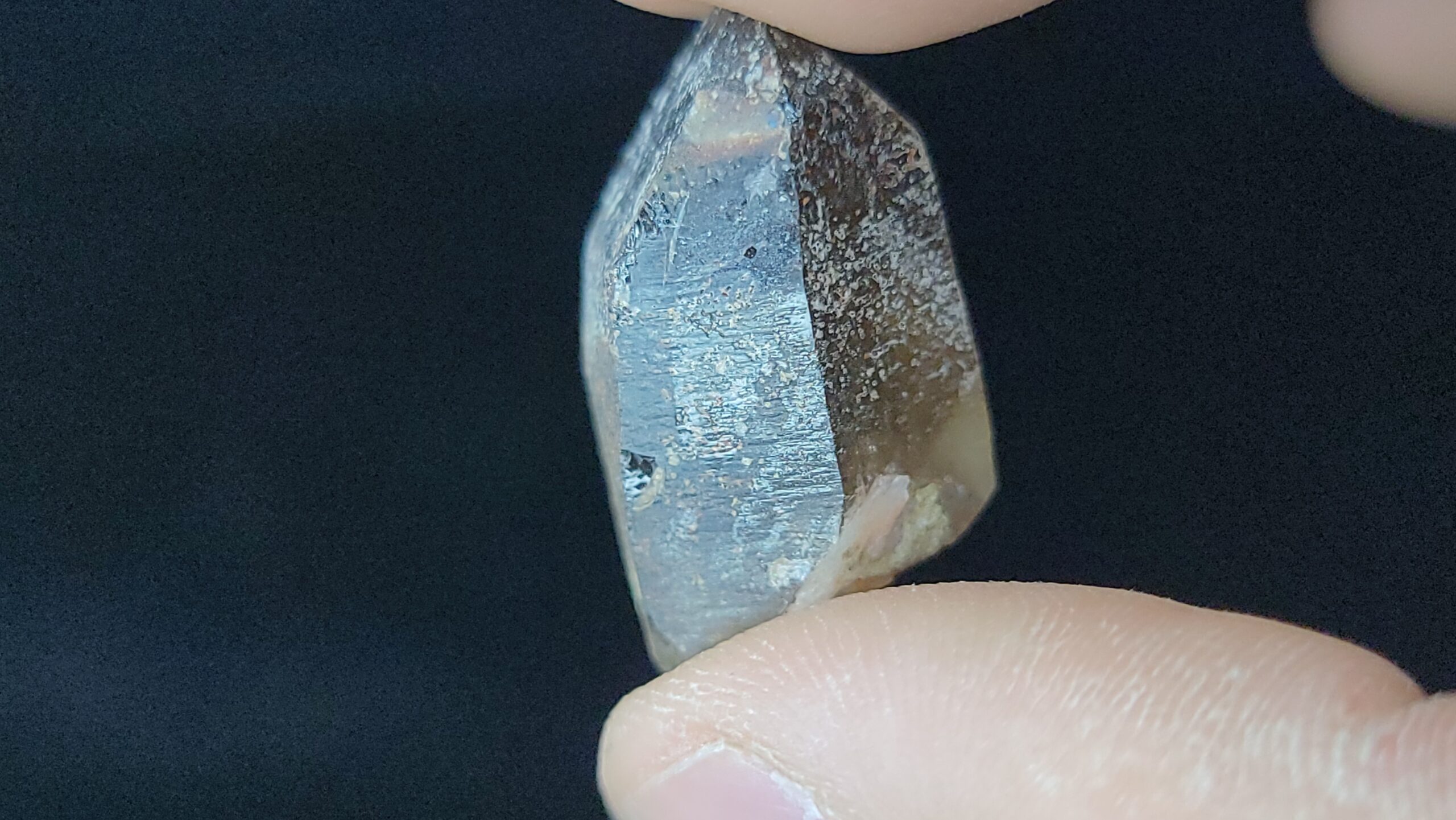
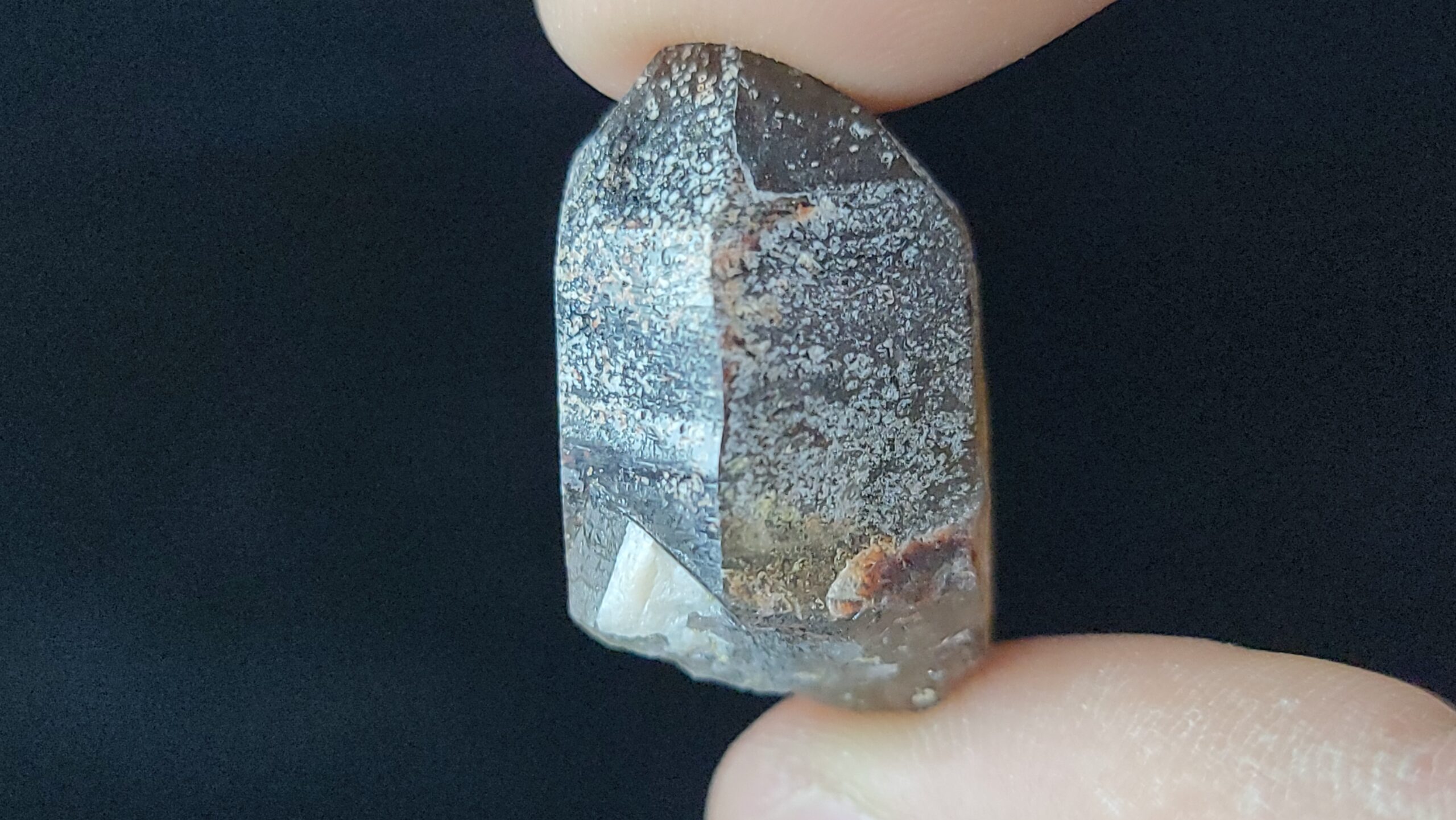


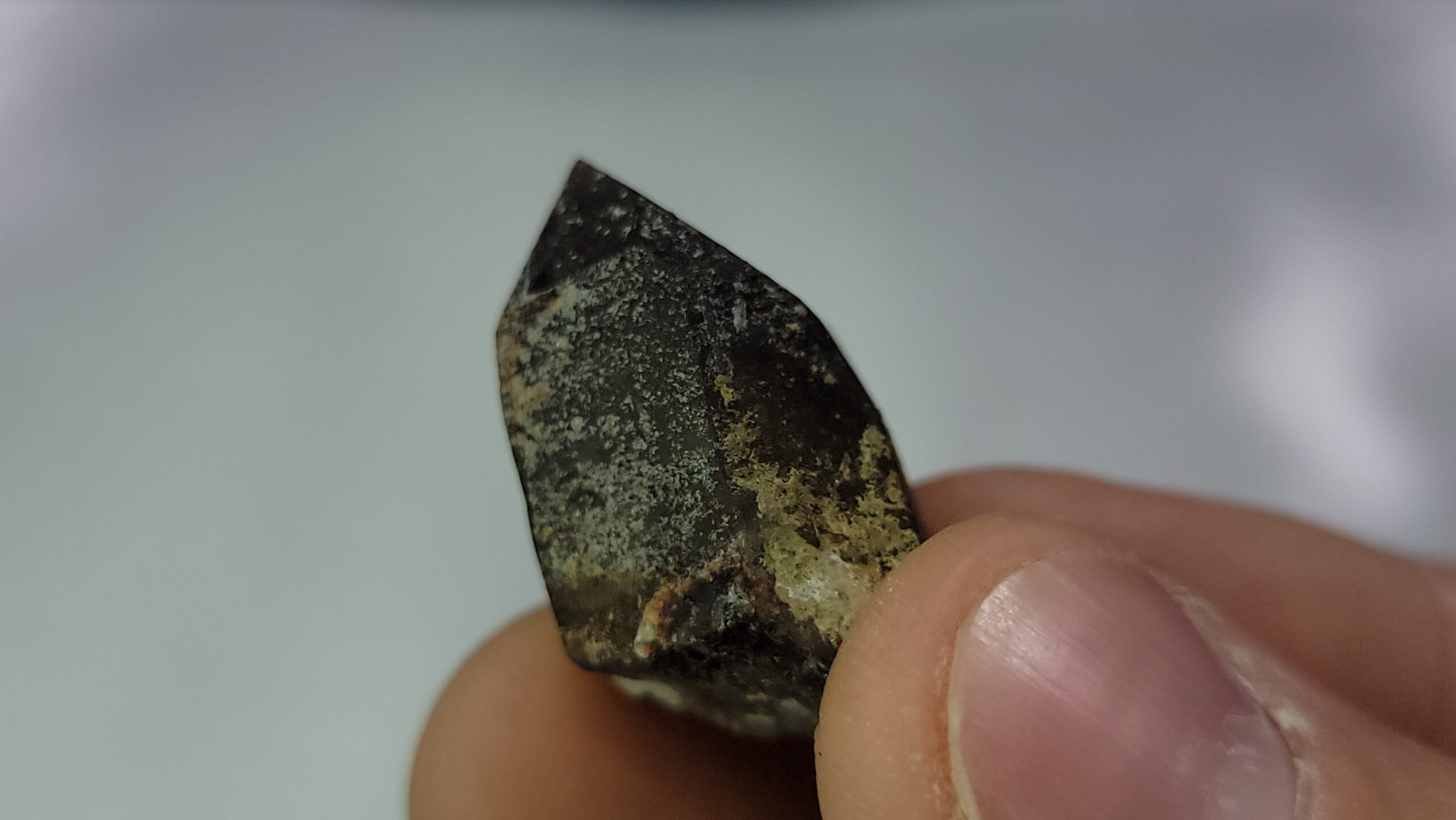
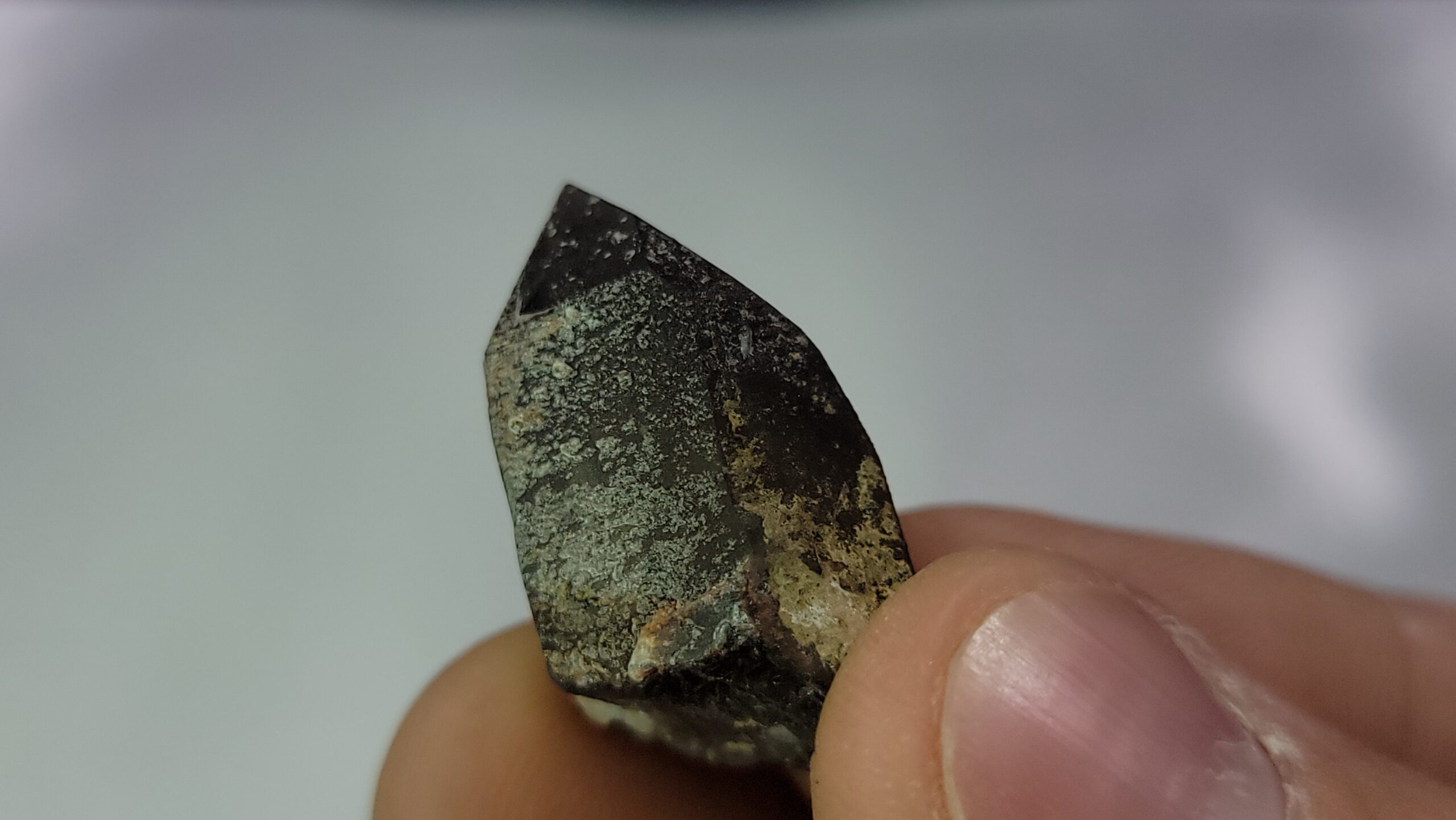

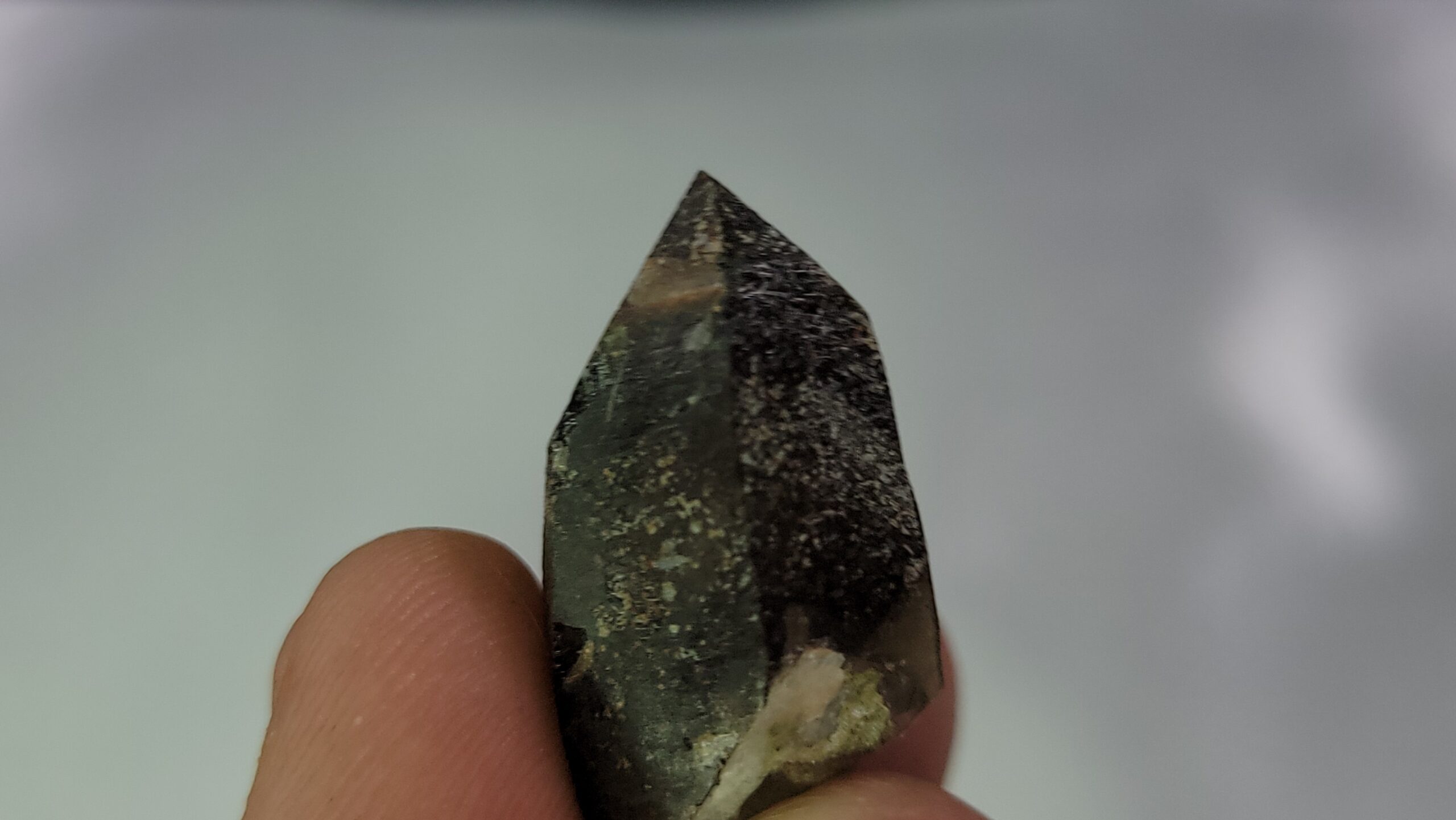
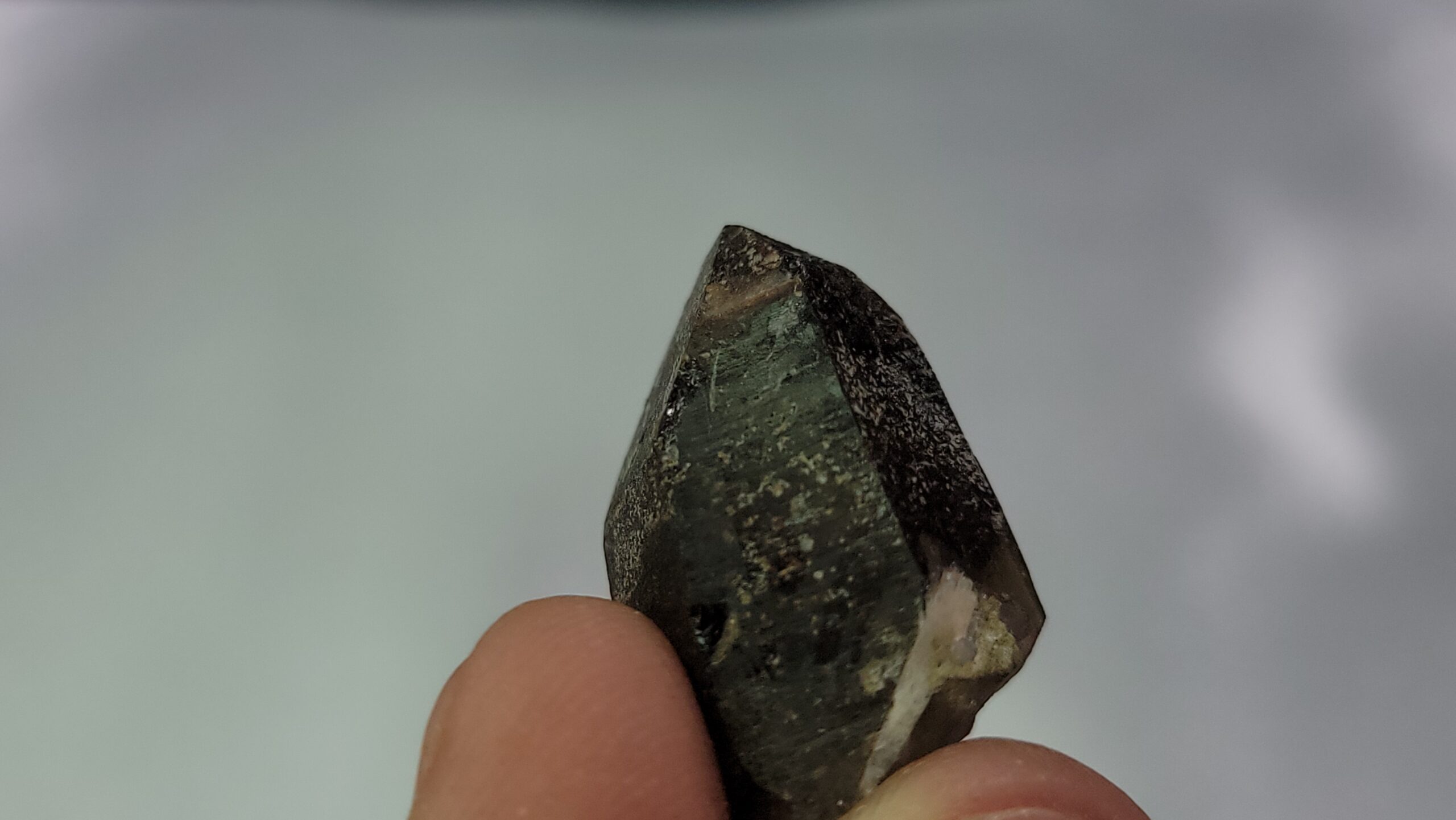
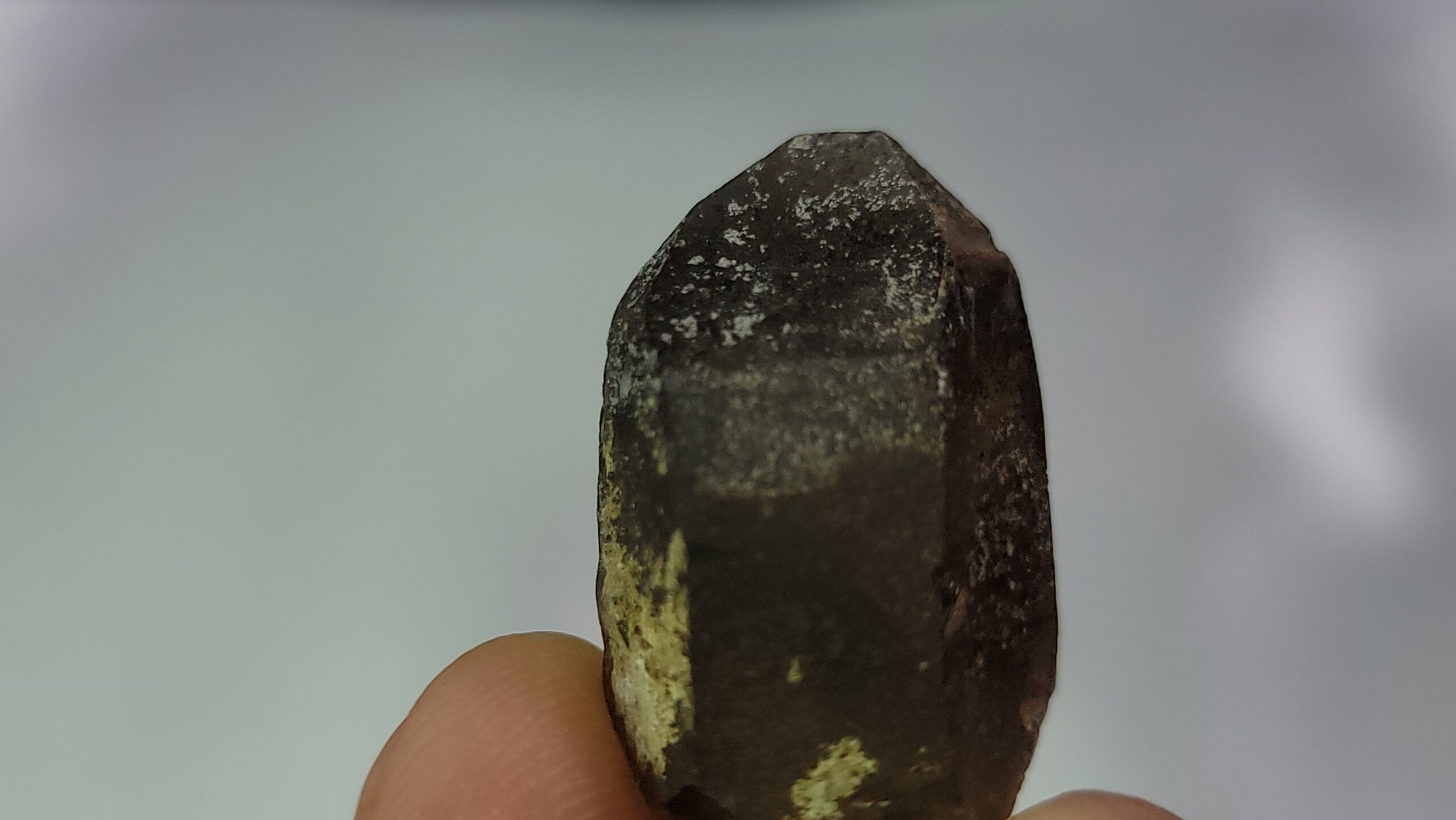

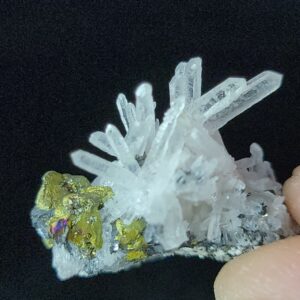


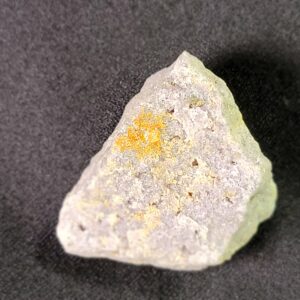

Reviews
There are no reviews yet.